Grow Carrots at Home – imagine pulling vibrant, sweet carrots straight from your own backyard! Forget those bland, store-bought veggies; with a few simple tricks, you can cultivate a thriving carrot patch right outside your door. Have you ever wondered how our ancestors managed to feed themselves before supermarkets existed? Home gardening, including growing root vegetables like carrots, has been a cornerstone of self-sufficiency for centuries. From ancient civilizations to modern homesteaders, the ability to cultivate your own food has always been empowering.
But why should you bother learning to grow carrots at home? Well, beyond the unparalleled taste of homegrown produce, it’s incredibly rewarding! Plus, you control exactly what goes into your food – no harmful pesticides or mysterious additives. In this article, I’m going to share some easy-to-follow DIY tricks and hacks that will transform even the most novice gardener into a carrot-growing pro. We’ll cover everything from seed selection and soil preparation to pest control and harvesting. Get ready to dig in and discover the joy of growing your own delicious, nutritious carrots!
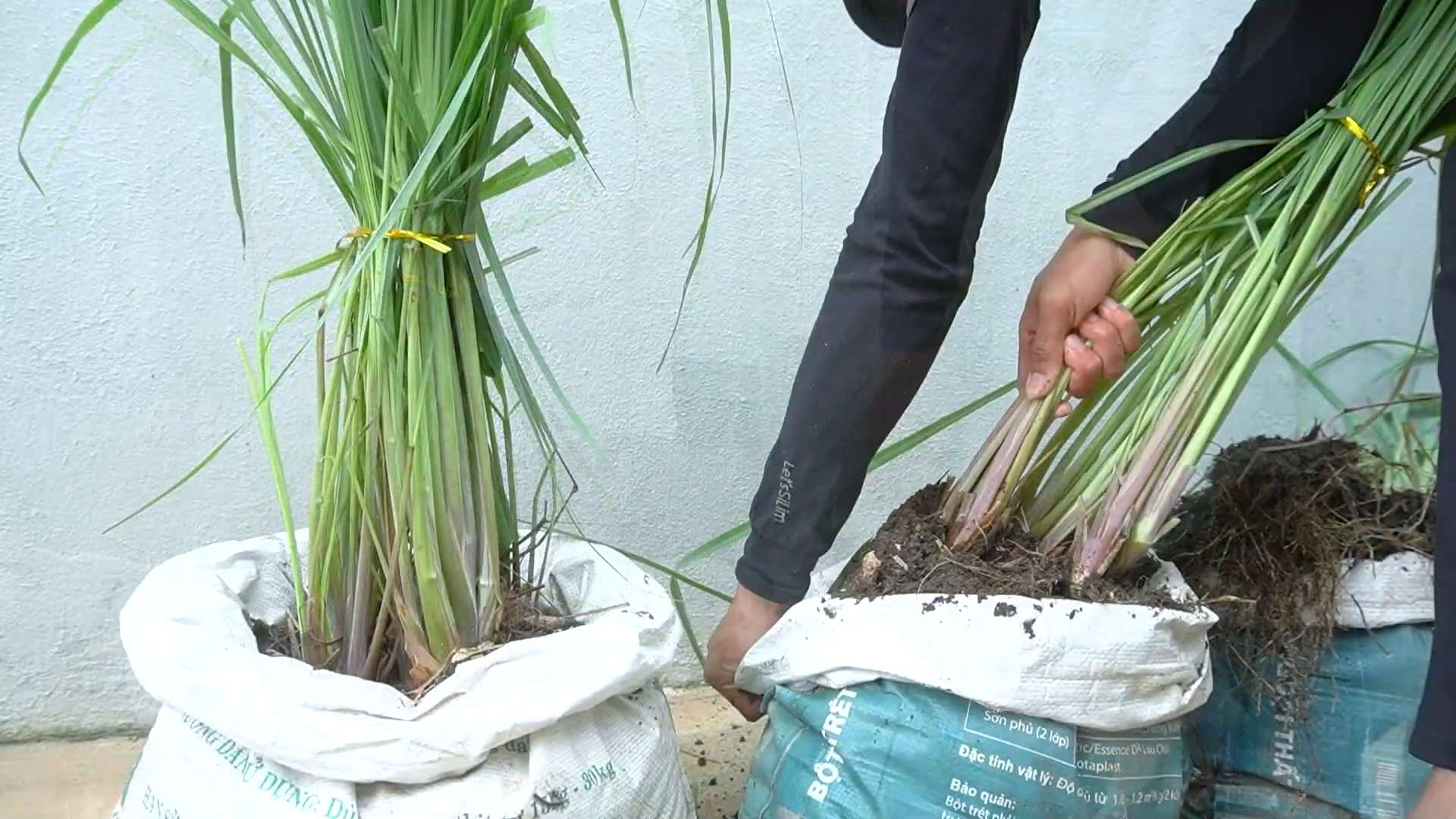
Growing Carrots at Home: A Beginner’s Guide
Hey there, fellow gardening enthusiasts! I’m so excited to share my experience with growing carrots at home. It’s surprisingly easy and incredibly rewarding to harvest your own sweet, crunchy carrots. Forget those bland, store-bought ones – homegrown carrots are a game-changer! This guide will walk you through every step, from choosing the right variety to dealing with common problems. Let’s get digging!
Choosing the Right Carrot Variety
First things first, you need to pick the right carrot variety for your garden. Consider your climate, soil type, and how much space you have. Here’s a quick rundown of some popular choices:
* Nantes: These are classic, cylindrical carrots with a sweet flavor. They’re relatively short (6-8 inches) and do well in a variety of soils. I personally love Nantes for their consistent shape and taste.
* Danvers: These are longer, tapered carrots (7-9 inches) with a strong flavor. They’re a good choice for heavier soils.
* Chantenay: These are short, thick carrots (5-6 inches) that are very tolerant of heavy or rocky soils. They’re a great option if you’re dealing with less-than-ideal conditions.
* Baby Carrots: Varieties like ‘Thumbelina’ are round and small, perfect for containers or small gardens. They mature quickly, too!
* Heirloom Varieties: Don’t be afraid to experiment with colorful heirloom varieties like ‘Purple Haze’ or ‘Yellowstone’. They add a fun twist to your garden and your plate!
Preparing Your Carrot Bed
Carrots need loose, well-drained soil to thrive. Rocky or compacted soil will result in stunted, misshapen roots. Trust me, I’ve learned this the hard way! Here’s how to prepare your carrot bed:
* Sunlight: Carrots need at least 6 hours of sunlight per day. Choose a sunny spot in your garden.
* Soil Testing: Ideally, test your soil’s pH. Carrots prefer a pH between 6.0 and 6.8. You can buy a soil testing kit at most garden centers.
* Soil Amendment: This is the most crucial step! Carrots need loose soil to grow long and straight.
* Remove Rocks and Debris: Clear the area of any rocks, stones, or large clumps of soil.
* Loosen the Soil: Use a garden fork or tiller to loosen the soil to a depth of at least 12 inches.
* Add Organic Matter: Incorporate plenty of compost, well-rotted manure, or other organic matter to improve drainage and fertility. I usually add a thick layer of compost and work it in thoroughly.
* Create Raised Beds (Optional): If your soil is particularly heavy or poorly drained, consider creating raised beds. This will improve drainage and make it easier for the carrots to grow.
* Avoid Nitrogen-Rich Fertilizers: Too much nitrogen will result in lush foliage but small, underdeveloped roots.
Planting Carrot Seeds
Carrot seeds are tiny, so planting them can be a bit tricky. But don’t worry, I’ve got some tips to make it easier:
1. Timing is Key: Carrots are a cool-season crop, so plant them in early spring or late summer for a fall harvest. Check your local frost dates to determine the best planting time. I usually start planting about 2-3 weeks before the last expected frost.
2. Direct Sowing: Carrots don’t transplant well, so it’s best to sow the seeds directly into the garden.
3. Create Shallow Furrows: Use a hoe or your finger to create shallow furrows about 1/4 to 1/2 inch deep. Space the furrows about 2-3 inches apart.
4. Sow Seeds Sparsely: This is the hardest part! Carrot seeds are tiny, and it’s easy to sow them too thickly. Try to space the seeds about 1/2 inch apart. I find it helpful to mix the seeds with sand to make them easier to handle.
5. Cover the Seeds: Gently cover the seeds with a thin layer of soil or compost.
6. Water Gently: Water the area gently with a watering can or hose with a gentle spray nozzle. Avoid washing away the seeds.
7. Keep the Soil Moist: Carrots need consistent moisture to germinate. Keep the soil moist but not soggy until the seedlings emerge. I often cover the area with burlap or a piece of cardboard to help retain moisture. Remove the covering once the seedlings start to sprout.
Caring for Your Carrot Plants
Once your carrot seedlings emerge, it’s important to provide them with the right care to ensure a bountiful harvest.
1. Thinning: This is crucial! If you don’t thin your carrot seedlings, they’ll compete for space and nutrients, resulting in small, misshapen carrots.
* When to Thin: Thin the seedlings when they are about 1-2 inches tall.
* How to Thin: Gently pull out the weaker seedlings, leaving about 1-2 inches between the remaining plants. You can use small scissors to snip the seedlings at the soil line if you’re worried about disturbing the roots of the remaining plants.
* Second Thinning (Optional): When the carrots are about 4-5 inches tall, you can thin them again, leaving about 3-4 inches between the plants.
2. Watering: Carrots need consistent moisture, especially during hot, dry weather. Water deeply once or twice a week, or more often if the soil dries out quickly. Avoid overhead watering, which can promote fungal diseases. Soaker hoses or drip irrigation are ideal.
3. Weeding: Keep your carrot bed free of weeds. Weeds compete with the carrots for nutrients and water. Hand-pull weeds carefully to avoid disturbing the carrot roots. Mulching can help suppress weed growth.
4. Fertilizing: Carrots don’t need a lot of fertilizer, but a side dressing of compost or a balanced organic fertilizer can help boost growth. Apply the fertilizer about halfway through the growing season.
5. Pest Control: Carrots are relatively pest-resistant, but they can be susceptible to certain pests, such as carrot rust flies and aphids.
* Carrot Rust Flies: These pests lay their eggs near the base of the carrot plants, and the larvae burrow into the roots, causing damage. Cover your carrot bed with row covers to prevent the flies from laying their eggs.
* Aphids: These small, sap-sucking insects can weaken carrot plants. Spray the plants with a strong stream of water or use insecticidal soap to control aphids.
Harvesting Your Carrots
The moment you’ve been waiting for! Harvesting your own carrots is incredibly satisfying.
1. When to Harvest: Carrots are typically ready to harvest 60-80 days after planting, depending on the variety. Check the seed packet for specific maturity dates. You can harvest carrots at any size, but they’ll be sweetest and most flavorful when they’re fully mature.
2. How to Harvest: Gently loosen the soil around the carrots with a garden fork or trowel. Grasp the carrot tops firmly and pull straight up. If the carrots are difficult to pull, loosen the soil further.
3. Washing and Storing: Wash the carrots thoroughly to remove any dirt. Trim the tops, leaving about 1/2 inch of stem. Store the carrots in the refrigerator in a plastic bag or container. They’ll keep for several weeks. You can also store carrots in a root cellar or bury them in sand for longer-term storage.
Troubleshooting Common Problems
Even with the best care, you might encounter some problems when growing carrots. Here are a few common issues and how to address them:
* Forked or Misshapen Carrots: This is usually caused by rocky or compacted soil. Make sure to prepare your carrot bed thoroughly and remove any rocks or debris.
* Small Carrots: This can be caused by overcrowding, poor soil fertility, or insufficient watering. Thin your seedlings properly, amend the soil with compost, and water regularly.
* Bitter Carrots: This can be caused by hot weather or inconsistent watering. Provide shade during the hottest part of the day and water regularly.
* Cracked Carrots: This is usually caused by uneven watering. Water deeply and consistently, especially during dry spells.
Enjoying Your Homegrown Carrots
Now for the best part – enjoying the fruits (or rather, vegetables!) of your labor. Homegrown carrots are delicious eaten raw, roasted, steamed, or added to soups and stews. I love snacking on them straight from the garden!
Growing carrots at home is a rewarding experience that anyone can enjoy. With a little planning and effort, you can harvest your own sweet, crunchy
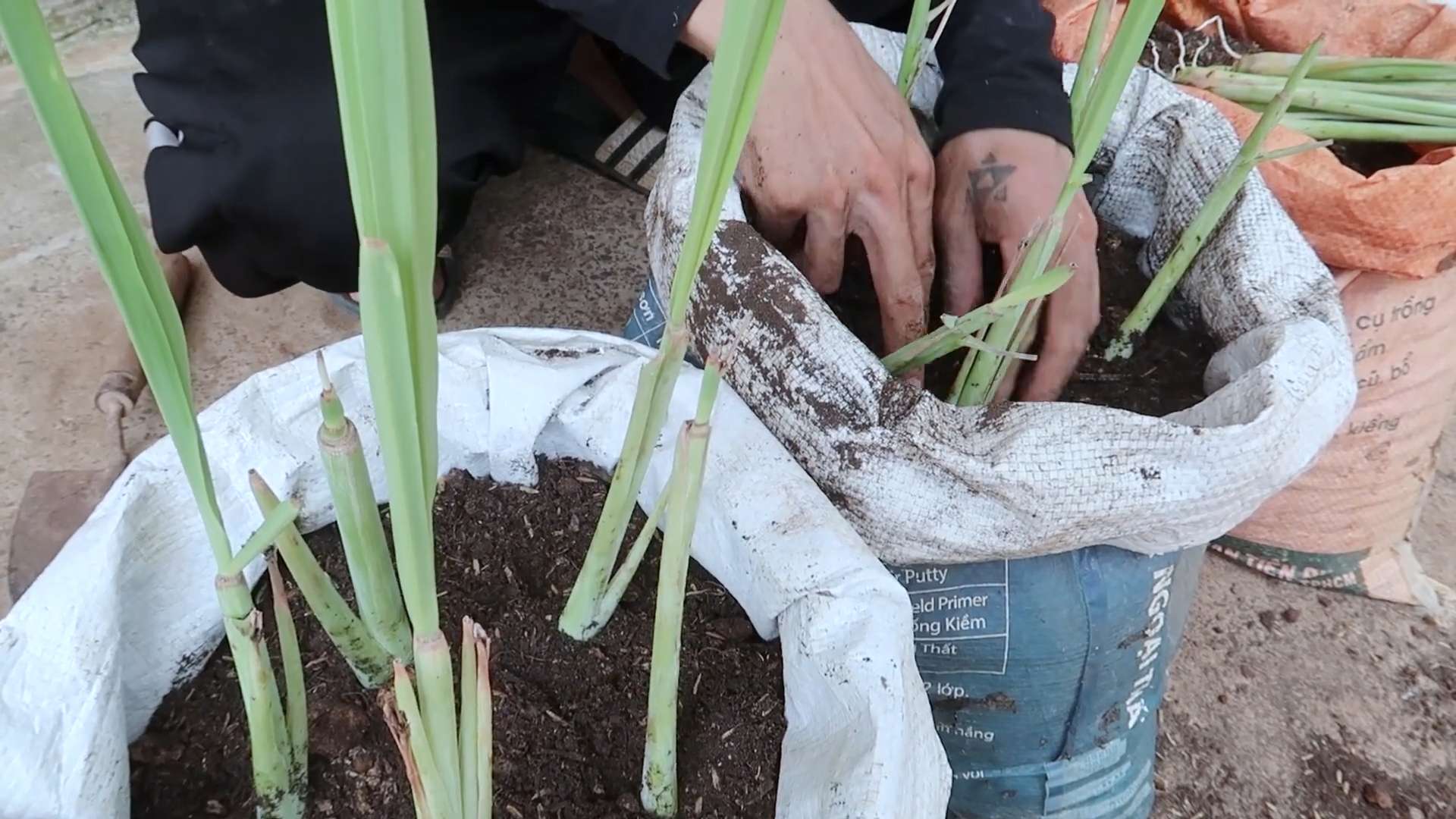
Conclusion
So, there you have it! Growing carrots at home isn’t just a fun gardening project; it’s a gateway to fresher, tastier, and more nutritious produce right at your fingertips. We’ve walked you through the essential steps, from selecting the right carrot varieties and preparing your soil to sowing seeds, nurturing seedlings, and finally, harvesting your vibrant orange bounty.
But why is this DIY trick a must-try? Beyond the sheer satisfaction of nurturing something from seed to table, growing your own carrots allows you to control every aspect of the process. You can choose organic methods, avoiding harmful pesticides and herbicides. You can harvest your carrots at their peak ripeness, ensuring maximum flavor and nutritional value. And let’s be honest, there’s nothing quite like the taste of a freshly pulled carrot, still warm from the sun. It’s a flavor that store-bought carrots simply can’t match.
Think about the possibilities! Imagine adding freshly grated carrots to your salads, roasting them with herbs and spices for a delicious side dish, or even juicing them for a healthy and refreshing beverage. The options are endless.
Ready to take your carrot growing to the next level? Consider these variations:
* Container Gardening: If you’re short on space, don’t despair! Carrots thrive in containers, making them perfect for balconies, patios, or even indoor gardening with the right lighting. Choose a deep container (at least 12 inches) and use a well-draining potting mix.
* Succession Planting: Extend your harvest season by planting carrots every few weeks. This ensures a continuous supply of fresh carrots throughout the growing season.
* Companion Planting: Plant carrots alongside other vegetables like onions, garlic, and rosemary. These plants can help deter pests and improve the overall health of your carrot crop.
* Experiment with Varieties: Don’t limit yourself to orange carrots! Explore different varieties like purple, yellow, and white carrots for a colorful and flavorful twist.
Growing carrots at home is an incredibly rewarding experience, and we encourage you to give it a try. It’s easier than you might think, and the benefits are well worth the effort.
We’re confident that with a little patience and care, you’ll be enjoying homegrown carrots in no time. So, grab your seeds, prepare your soil, and get ready to embark on your carrot-growing adventure!
And most importantly, we want to hear about your experience! Share your tips, tricks, and photos with us in the comments below. Let’s create a community of home gardeners who are passionate about growing their own food. What challenges did you face? What successes did you celebrate? Your insights can help others learn and grow. Let’s all learn how to grow carrots at home together!
Frequently Asked Questions (FAQ)
What is the best time of year to plant carrots?
The best time to plant carrots depends on your climate. In general, carrots are a cool-season crop and thrive in temperatures between 60°F and 70°F (15°C and 21°C). For most regions, this means planting in early spring or late summer/early fall. Spring plantings should occur as soon as the soil can be worked, typically a few weeks before the last expected frost. Fall plantings should be timed so that carrots have enough time to mature before the first hard frost. Check your local gardening calendar for specific planting dates in your area.
How deep should I plant carrot seeds?
Carrot seeds are very small and should be planted shallowly. Sow the seeds about ¼ to ½ inch deep. Gently cover them with soil and water thoroughly. Keep the soil consistently moist until the seeds germinate, which usually takes 1-3 weeks.
What kind of soil is best for growing carrots?
Carrots need loose, well-drained soil to grow properly. Rocky or compacted soil can cause the roots to become stunted or misshapen. Amend your soil with compost or other organic matter to improve drainage and fertility. Avoid using heavy clay soils, as they can restrict root growth. A slightly acidic soil pH of 6.0 to 6.8 is ideal.
How often should I water my carrots?
Carrots need consistent moisture to thrive. Water deeply and regularly, especially during dry periods. Aim to keep the soil consistently moist but not waterlogged. Overwatering can lead to root rot, while underwatering can cause the carrots to become tough and bitter. A good rule of thumb is to water when the top inch of soil feels dry to the touch.
How much sunlight do carrots need?
Carrots need at least 6 hours of sunlight per day to grow well. Choose a sunny location in your garden that receives plenty of direct sunlight. If you’re growing carrots in containers, make sure to place them in a spot that gets ample sunlight.
When are carrots ready to harvest?
Carrots are typically ready to harvest 60-80 days after planting, depending on the variety. Check the seed packet for specific maturity dates. You can harvest carrots when they reach the desired size, but keep in mind that they will continue to grow larger if left in the ground. To harvest, gently loosen the soil around the carrot and pull it straight up.
Why are my carrots small or misshapen?
There are several reasons why carrots might be small or misshapen. Common causes include:
* Poor soil: Rocky or compacted soil can restrict root growth.
* Overcrowding: If carrots are planted too close together, they will compete for resources and may not grow to their full potential.
* Insufficient watering: Carrots need consistent moisture to thrive.
* Pests or diseases: Certain pests and diseases can damage carrot roots.
What are some common pests and diseases that affect carrots?
Some common pests that affect carrots include carrot rust flies, aphids, and nematodes. Common diseases include leaf blight and root rot. To prevent pests and diseases, practice good garden hygiene, such as removing weeds and debris, and rotate your crops regularly. You can also use organic pest control methods, such as insecticidal soap or neem oil.
Can I grow carrots in containers?
Yes, carrots can be successfully grown in containers. Choose a deep container (at least 12 inches) and use a well-draining potting mix. Make sure the container has drainage holes to prevent waterlogging. Water regularly and fertilize as needed.
How do I store carrots after harvesting?
To store carrots after harvesting, remove the greens and gently brush off any excess soil. Store the carrots in a cool, dark, and humid place, such as the refrigerator or a root cellar. You can also store carrots in a plastic bag or container to help retain moisture. Properly stored carrots can last for several weeks or even months.

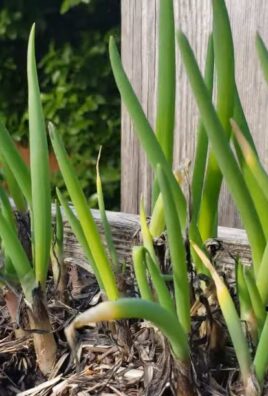
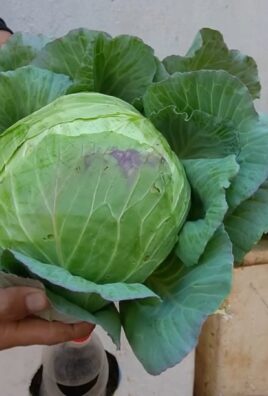
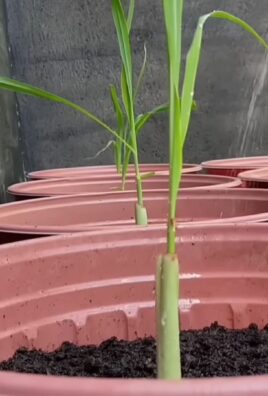
Leave a Comment